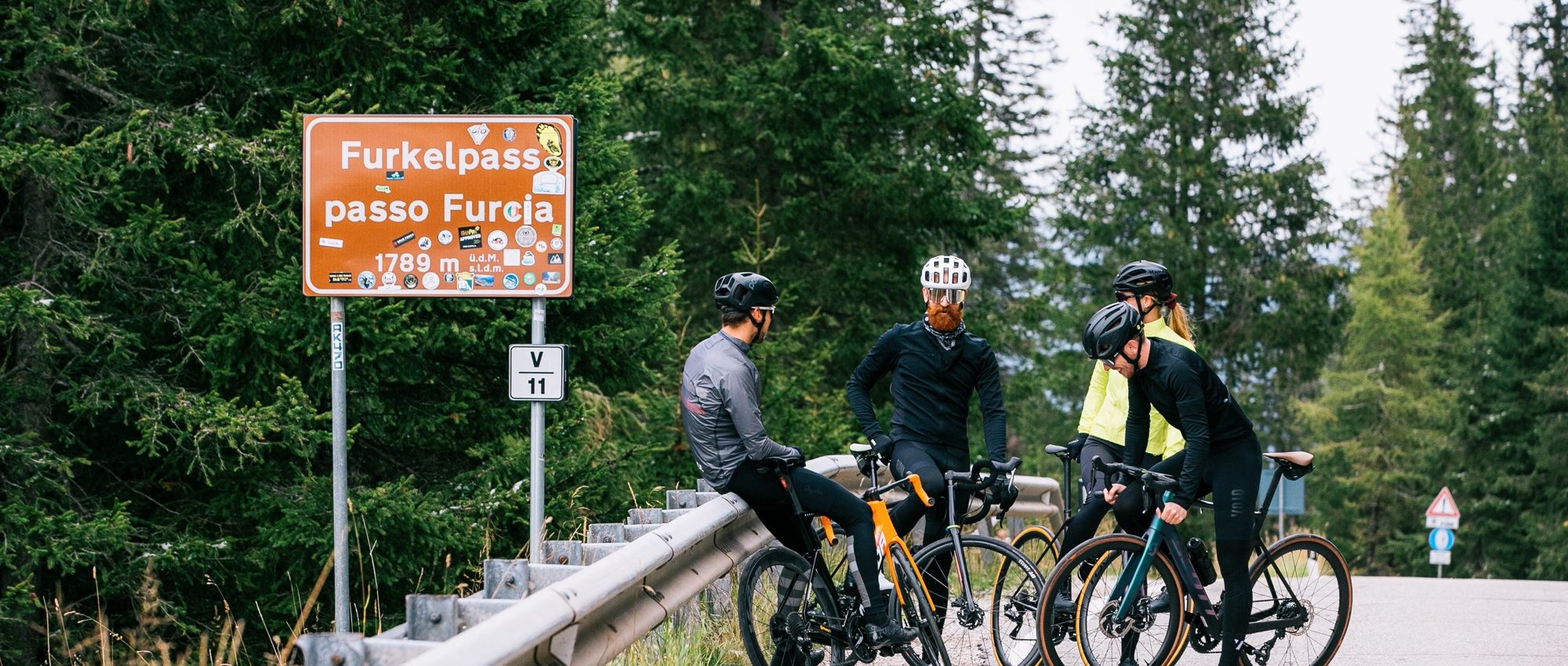What constitutes a perfect road bike in 2021 and what do new developments promise for the coming generation of products? Will the bike boom of 2020 continue to have an impact on the market for road bikes? You can find the most important road bike trends for the coming season here!
In the context of the Design & Innovation Award 2021, the award jury, international experts and journalists took a thorough look at the trends and overarching technological developments of the new season. In this article, we take a closer look at the urban trends of 2021. You can read more about other trends at the end of this article.
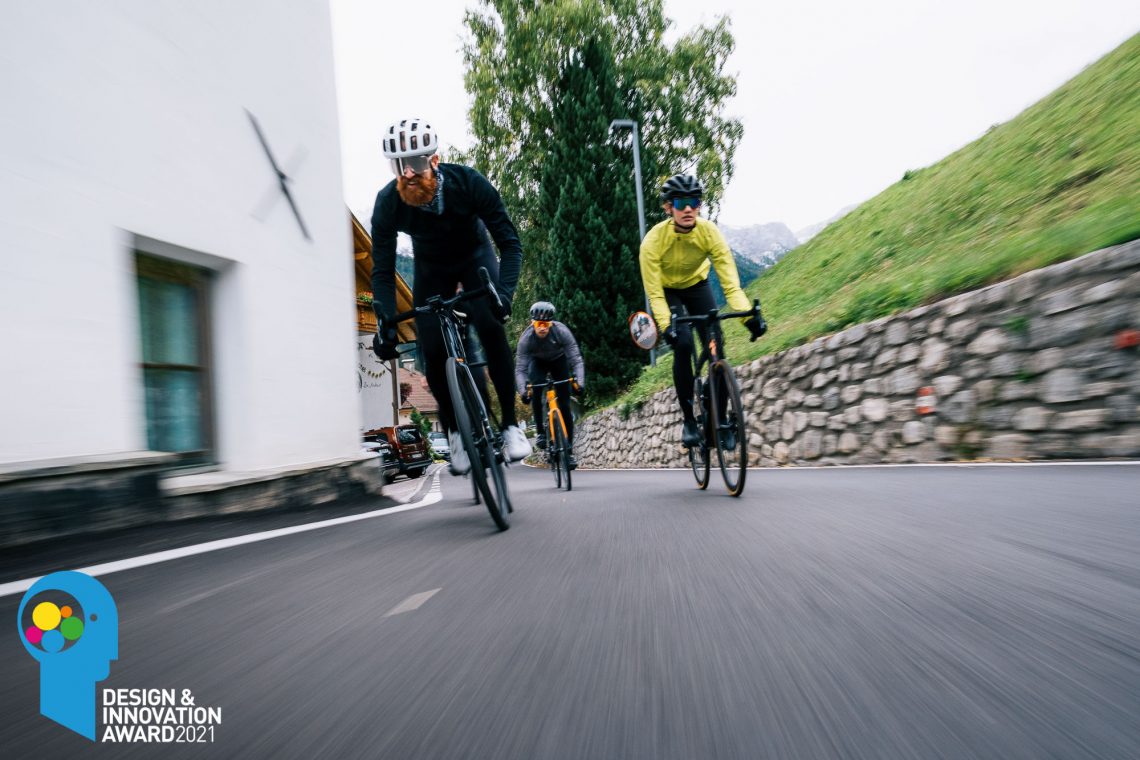
There’s not THE perfect road bike, but there’s definitely A perfect road bike for everyone! Thus far that’s been perceived wisdom on the road scene. It’s a point of view that has been held without question for a long time but might need to be examined more closely now. Times are changing and that’s a good thing! The most modern road bikes of 2020 prove that THE road bike is starting to emerge. While building aerodynamically optimised bikes has taken up most of the focus of designers over the last few years, in doing so it has almost obsoleted itself. Regardless of which category the brands assign their bikes to, there’s hardly any model that escapes some form of aerodynamic optimisation, features or components. With modern road bikes becoming more aerodynamic overall, dedicated aero bikes that are usually more uncomfortable, heavier and complex have to fight to justify their existence. Simultaneously, the newest and best aero bikes only show marginal differences in terms of comfort, weight and handling to climbing, or even endurance bikes. As a result, the question becomes inevitable: is dividing bikes into different categories relevant anymore?
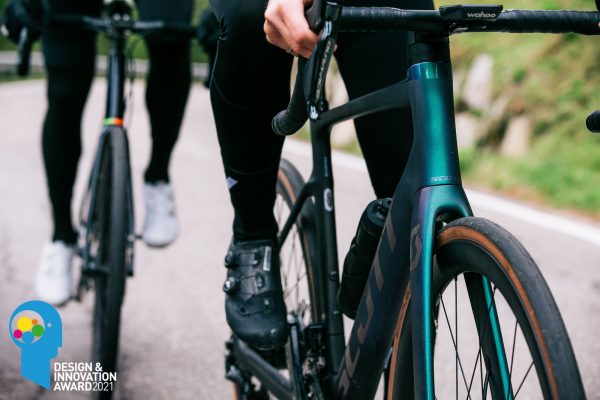

The perfect road bike is almost within grasp!
In 2020, a new guard of road bikes took the stage. Taking Specialized as an example, the announcement of the Tarmac SL7 didn’t just see a realisation of the “one-bike” approach but also saw the brand’s purebred aero race bike removed from the portfolio. Brave? Not really. The lightweight and aerodynamically optimised SL7 is only marginally less aerodynamic than the Venge, yet overall it’s a more accomplished and race-capable package. And that’s the crux of it: bikes that get used in official races need to be approved by the UCI and as such, are tied to certain rules. That means that bike manufacturers only have a limited amount of wiggle room in which to develop and optimise their bikes. That potential is so thoroughly exhausted in bikes like the Specialized Tarmac, that it’s hardly economically sensible to keep two models in the lineup. With similar announcements from brands like Trek and BMC in 2020, we’re sure of one thing: further bike brands will follow the trend and announce their version of the ONE perfect road bike. This “status quo” of bike development will either make way to marginal improvements or suddenly experience a big bang, ergo UCI rule changes. For now, THE perfect road bike exists.
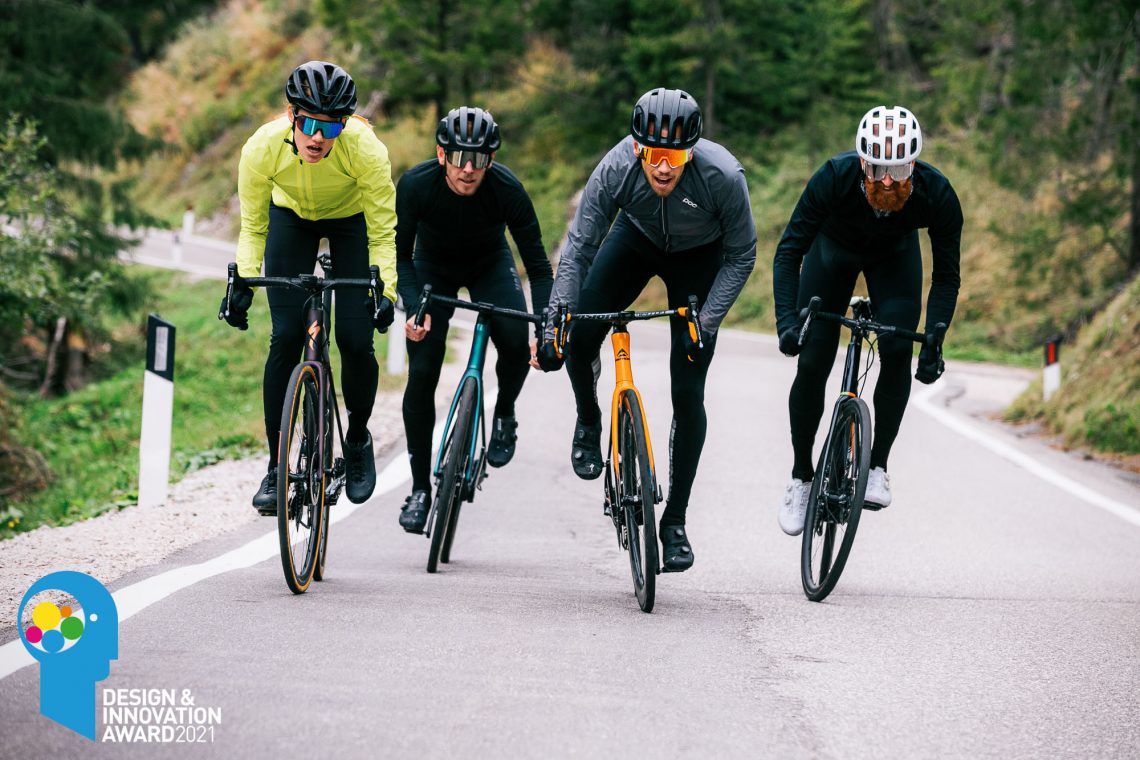
E-racing, social fitness, rollers and smart trainers, what!?
If you have a Strava account and scroll through your feed after a frosty winter ride, you’ll spot them and grind your teeth: the indoor rides on your feed. Turbos are celebrating a revival thanks to digital features, smart integration and gamification – training at 21°C, 365 days a year. But not everyone wants to get on the turbo to stay fit. Many just want to have fun on the bike without having to freeze their asses off through winter. For different types of riders, there are also different ways of training, for example entertaining online “games” like Zwift, in which rides outdoors are simulated as closely as possible. Not for you? Then a more professionally-focused training app like Sufferfest is a good solution – at this point, there’s something for every taste in the indoor cycling arena. The offering of smart trainers is growing constantly – can the bike industry keep up?
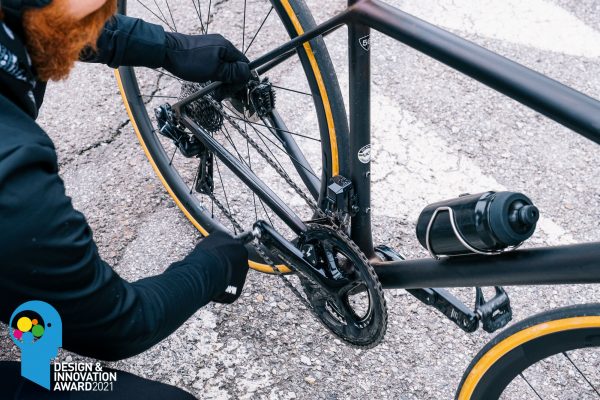
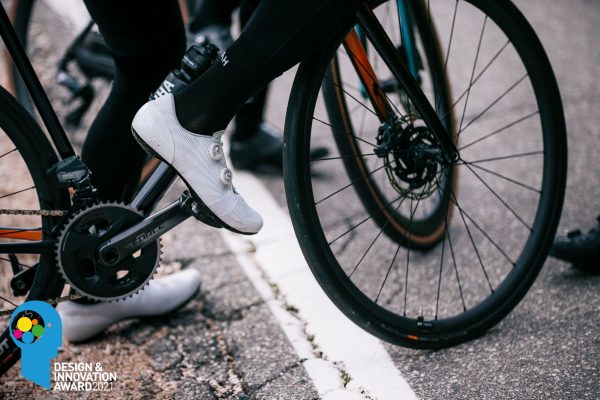
The fact is that in terms of warranty, many manufacturers (still) haven’t approved their bikes for use on a turbo, with the loads on the frame with a fixed rear wheel or dropouts differing significantly from those they experience in the wild. If you want to be sure, visit the homepage of your frame manufacturer or write to them directly by email. For example, Canyon have approved several of their 2020 models for trainer use, while other manufacturers haven’t made it as far. If you don’t want to attach your expensive carbon bike to your smart trainer without explicit approval and are thinking about getting an old, used, 70s-era steel bike instead, treat this as a warning. As a rule, modern direct trainers are only compatible with 8–12-speed drivetrains, meaning an upgrade may be required for older bikes. But regardless of whether it’s a recycled vintage steed on rollers or a modern indoor bike with built-in inclination changes, 2021 has the potential to be the moment of glory for digital competition aboard bikes. With organisers able to gain their first experiences of big digital events in 2020, all the signs point to go for the coming season. Alongside special clubs and teams, the number of bikers who only get on their bikes indoors is growing.
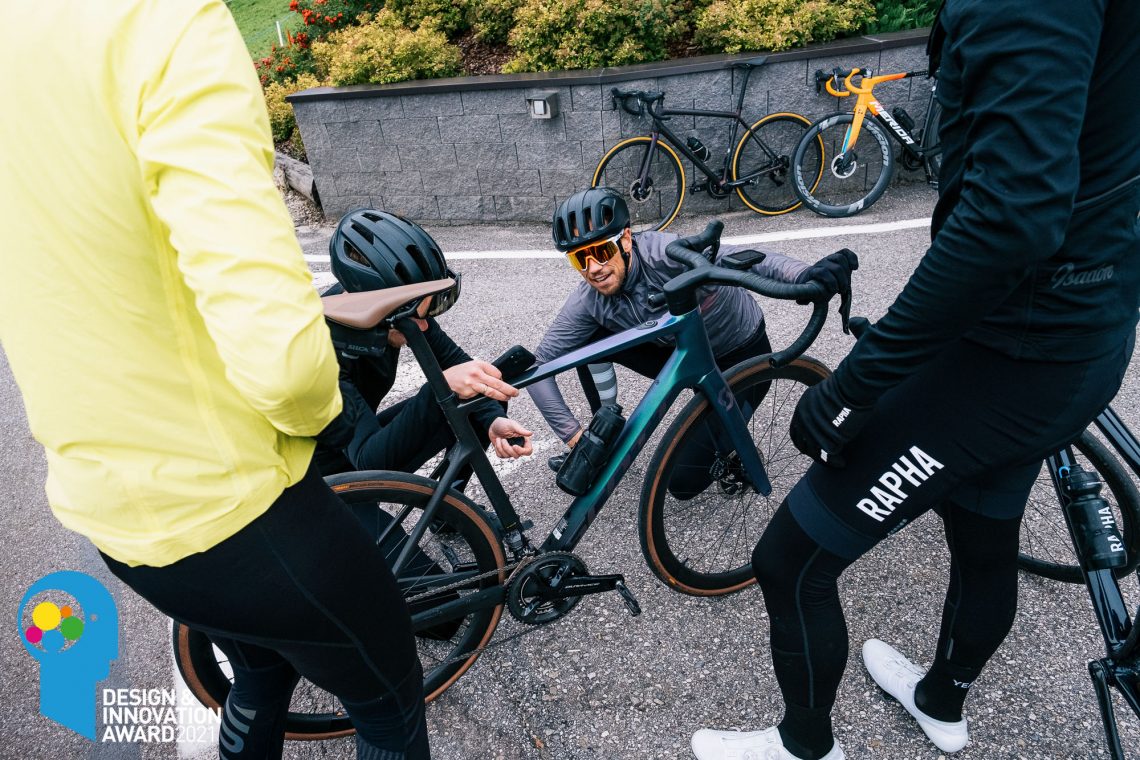
Limitless versatility
Gravel bike sales are increasing rapidly and there’s a multitude of possible reasons. Is it because of the inspiring videos coming from the core of the scene? Is it due to the breathtaking accounts of events in distant lands? Or is it due to the increase in traffic on the roads? Undoubtedly, all these factors have contributed to the 2020 gravel boom, but it’s especially the versatility inherent to these bikes that makes them the best option for many riders. In the times of friends with benefits where it’s increasingly difficult to commit, investing in a bike that can fulfil as many dreams as possible seems like the most obvious and sensible choice, doesn’t it? It makes sense to invest in a trustworthy two-wheeled companion where everything is possible, but nothing is necessary. It’s exactly this mindset that is rubbing off on the road bike sector and is making the most modern bikes genuine all-rounders. Where previously you went on the hunt for the best spots of asphalt, in 2021 cobbles, poor road surfaces and occasional gravel detours can also be part of a ride.



Alongside the level of comfort and handling, it’s not least tire clearances that let us enjoy our road bikes off-road as well. While not so long ago, clearances for up to 700 x 28C tires caused uproar, many of the most progressive bikes sport enough space to fit up to 700 x 35C rubber. Clearances for 700 x 30C tires are found almost across the board. Wide tires for limitless fun have quite literally rolled over the old attitude of narrow tires, high pressures and uncompromisingly harsh road bike performance – and also let you roll on gravel and farm tracks. To what extent this trend (and tires) continue to grow in 2021 is yet to be seen. However, it’s obvious that it’s here to stay and that where the tarmac ends no longer means an end to your ride. We need to acknowledge that the detour manufactures have made with sub-categorisation into endurance, aero or climbing bikes were important in order to arrive at this point, because this was the only way that manufacturers could learn exactly what it comes down to in each of the specialisations, to then be able to apply this knowledge to the larger context. It’s no longer just about all-out performance but also the experience of riding. With this mindset, a new generation of bikes will be created that can do (almost) everything and has (almost) all options open to it. The rebirth of the road bike!
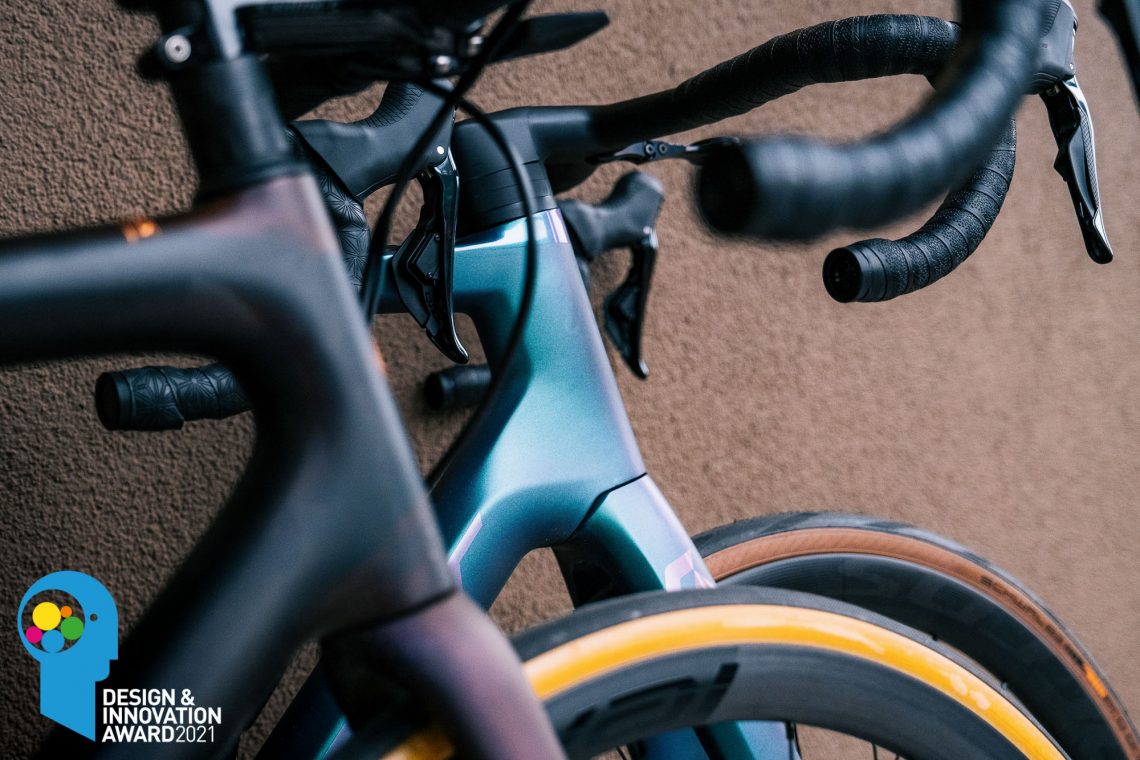
Is the E-road bike just before its breakthrough in 2021?
It’s not so long ago that ebikes were derided for their performance and features. Grotesque motor integration, meagre battery capacities and software tuning that were unworthy of the name, to name but a few things counting against them. Since then, a lot has changed and our everyday lives are hard to imagine without motor-assisted bikes. Almost every third bike sold in Germany is now an ebike. EMTBs, urban ebikes and E-trekking bikes were no doubt the trailblazers and in comparison, the choice of E-road bikes is still straightforward. Many motor solutions come from eMTBs and the fewest of them are adapted to the specific requirements of an E-road bike. Many roadies continue to view this sector critically, though acceptance and obvious use-cases are growing constantly. Even if little changed in terms of motors in 2020, bike manufacturers have released better and more technically refined models with excellent integration of the motor systems.

As a result, there are already many fundamentally different models to choose from, from performance-oriented road bikes (with a handy built-in tailwind) to powerful machines with urban or trekking genes. That has crystallised different approaches, from rear hub motors with limited support and mid-mounted motors for powerful assistance, which are being developed as you read this article. In 2021, the acceptance and fascination of E-road bikes will no doubt continue to grow. That’s just as likely to include powerful E-gravel bikes with suspension as it is existing E-road bikes, that approach 10 kg and are visually indistinguishable from a traditional road bike. However, it’s not necessarily all good news for the development of eMTBs in 2021. As a result of stretched development resources, fraught warehouse situations and limited product availability, there could be significant delays in 2021, both with the delivery of E-road bikes and the announcement of new models. However, the chances are good that as a result of all these challenges, the bike industry will reach a new level of professionalism and in the medium term, we will benefit from significantly better service and servicing and buying experiences more similar to those from the automobile sector.

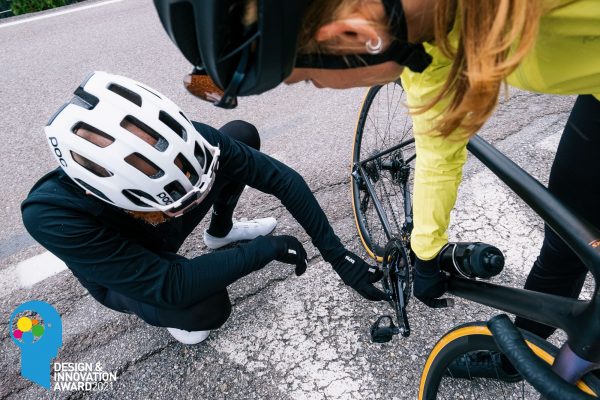
And away from the road? Gravel!
Gravel bikes are the current hype and right on-trend. But a gravel bike isn’t just a gravel bike. The market for gravel bikes offers everything that the heart desires, from targeted and optimised custom solutions to multi-facetted all-rounders. Where will things go in 2021? That’s exactly what we take a closer look at in our separate article on the topic of gravel trends.
Find more 2021 trends in other fields of the bike-world here:
Mountainbike trends 2021 | Road bike trends 2021 | Urban trends 2021
Technology trends 2021 | Gravel trends 2021 | E-MTB trends 2021
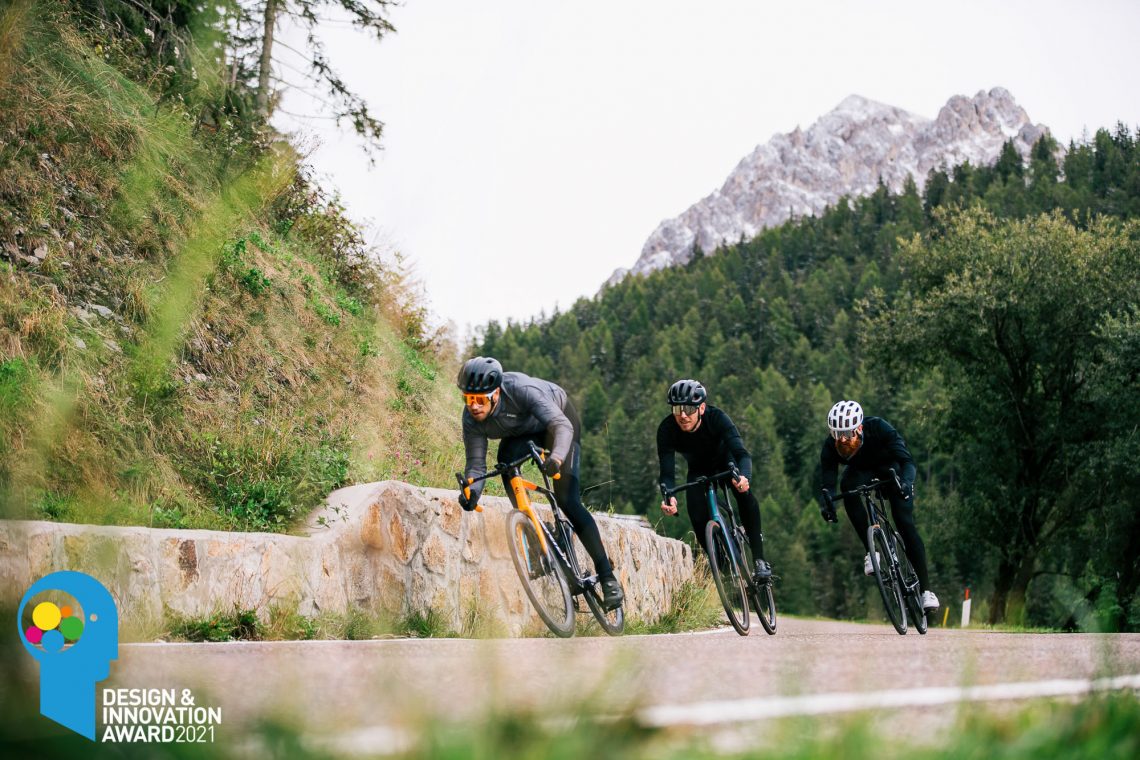
Words: Benjamin Topf Photos: Valentin Rühl



